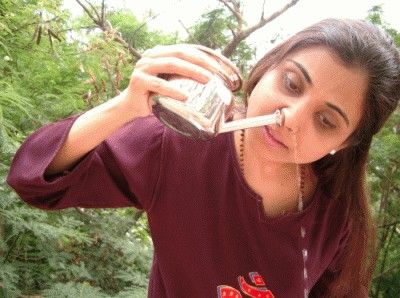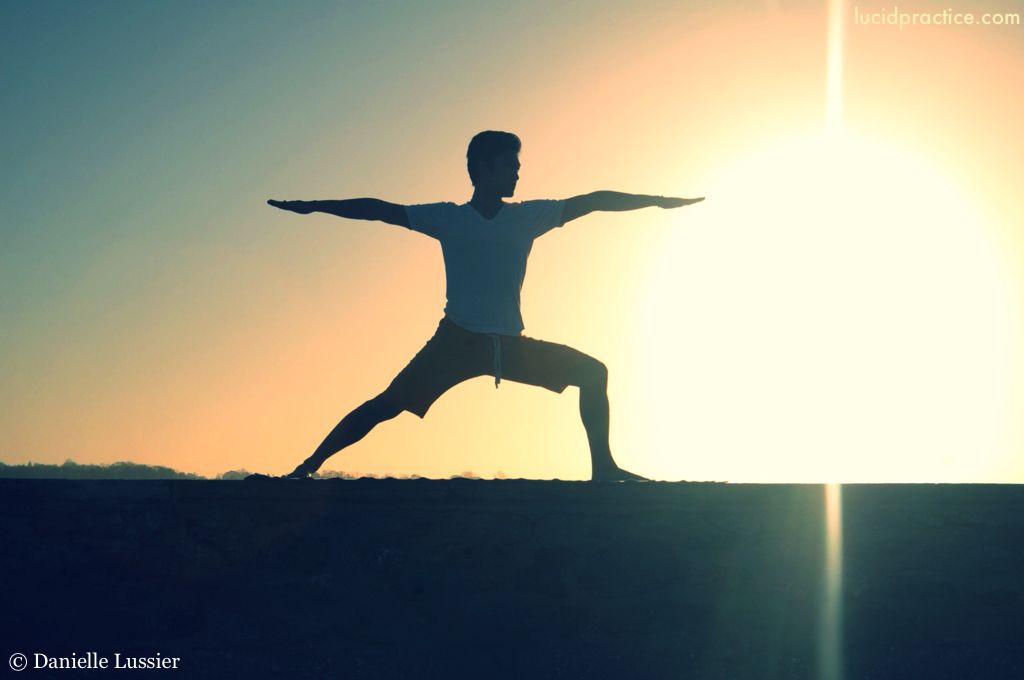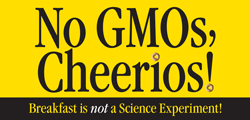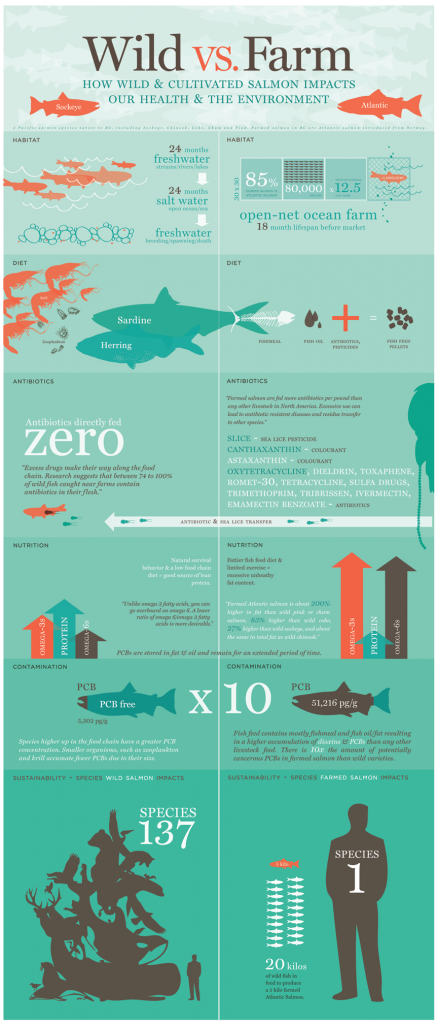Indoor Air Quality is a topic that I am very passionate about. The fact that over 2 million people have watched this video on TED is a beautiful thing.

Move Your DNA Book Review: 10 Key Takeaways
Move Your DNA Book Review
In this Move Your DNA book review, I will summarize Katy Bowman’s profound book. My hope is that this Move Your DNA book review serves as a cogent introduction to the unorthodox, highly valuable work of Katy Bowman.
Move Your DNA was recommended to me by Danielle after she listened to a podcast featuring Katy Bowman. The general thesis of Move Your DNA is that we as humans will be healthier and more vibrant if we move more frequently and if our physical movements become more natural. Katy believes that our everyday physical movements should become more diversified and resemble the way that our ancestors moved.
As you’ll read throughout this Move Your DNA book review, I found this to be a brilliant book. Bowman provides simple but integral wisdom on movements we can perform in order to obtain and maintain optimal health. Bowman suggests that through movement, we have the power to change our DNA. Moreover, Bowman asserts lifestyle habits that we’ve adopted (mainly because of globalization and technology) can be looked at as primary drivers of Type 2 Diabetes, Obesity, Heart Disease, Depression and many other ailments that Westerners suffer with. Avoiding these ailments and achieving optimal health are the primary reasons why we should change (or move) our DNA.
The genetic expression of our bodies is highly correlated with our frequency of physical movement and the type of movements we engage in each day. Put another way, the shape of our bodies (external bodies and internal bodies) is defined by the way we move.
Bowman contends that overreliance on the structures and constraints that we introduced with good intentions (i.e. chairs in corporate offices, couches, soft mattresses, even the shoes we wear on our feet) are doing us harm by causing our bodies to function less effectively. In turn, this can lead to disease, malaise, early death, and a general lack of vibrancy.
Intuitively this makes sense but until Katy’s work, I had never thought of or read research pointing to these conclusions. Prior to writing this Move Your DNA book review, I remember meeting a woman in Bali two years ago. She was was well over 100 years old. When I asked what the key was, her response was: “The key is to continue moving.” Then she got up from her squat in her garden and put a huge basket of fresh vegetables (that she had picked) on her head as she began the long walk home.
Although what we eat/drink is imperative to living a vibrant life, this book is strictly about our physical movements. Bowman does not minimize the importance of eating healthy foods. However, Katy contends that a healthy diet is not enough. The positives of a healthy diet can be negatively offset by the harmful impact of living sedentarily or semi sedentarily.
In this Move Your DNA book review I will cover what the 10 key takeaways:
1. Be Barefoot as Often as Possible
Walk on varying natural terrains especially cobblestone, sand, and grass. This will expose your feet to more natural environments. Walking barefoot on natural terrains allow your feet to use muscles that they have not used in a long time. No two environments on Earth are identical. 25% of your body’s muscles are located from the ankle down. Avoid putting your feet in stiff, inflexible shoes. This is like putting your feet in a cast!
There are many studies that show the mental and physical benefits of being barefoot.
I know I always feel so good and more connected to Earth after a barefoot day at the beach or in the grass.
2. The Term “It’s Genetic” Doesn’t Mean “It’s Unchangeable”
Growing up, I always equated “Genetic” with “Predetermined,” wrongly thinking that there was nothing I could do about the specific genes that I inherited from my familial lineage. Bowman’s thesis is centered around the premise that this is patently false.
When writing this Move Your DNA Book Review, this quote came to mind:
“The pattern of disease of injury that affects any group of people is never a matter of chance. It is invariably the expressions of stresses and strains to which they were exposed, a response to everything in their environment and behavior.” ~Calvin Wells in Bones, Bodies and Disease
3. Your Daily Workout Routine Probably isn’t Cutting it
Exercise is only one form of movement. Bowman makes the point that many Westerners assume that as long as they get their 30 to 90 minutes of exercise in a few days a week, they are taking care of their body’s requirement to move. However, even if you are active for 30 to 90 minutes per day, sitting (or standing) in the same basic position all day, you’re probably doing harm to your body. Repetitive exercise is not necessarily helpful even if it is strenuous.
Intuitively, this makes sense. After all, with 24 hours in a day, 1 hour of movement is certainly not a lot.
Throughout the day make sure to frequently get up, squat, walk without shoes, expose your feet to varying terrains. To “move” you do not need to exercise.
Even if you exercise vigorously for an hour each day or if you practise yoga asanas for an hour each day, if you are sitting or standing for the rest of the day, you are still living a sedentary lifestyle.
4. Stand with Your Feet/Toes Straight
This is just one of many tips Katy includes in Move Your DNA. From a very young age, constraints (such as diapers) that kids are exposed to can drastically impact how they stand/walk. For instance, if you look at how people stand in a resting position, you will notice that many people stand with their toes facing outward instead of straight ahead. This is often a result of the impact of diapers interfering with the natural gait of the baby/child. These habits are formed unconsciously and continue throughout adolescence and adulthood. This misalignment can result in joint problems such as hip dysplaysia.
Other small alignment tips include exercising your eyes by looking at distant items while outdoors. How much time do we spend indoors looking at screens? Surely, there is an impact on on eyes and brains because of this. By looking at objects in the far distance, we strengthen our eyes and use them the way our ancestors did.
5. Reconsider Common Beliefs
Bowman suggests that simple actions we take for granted may have a severe impact on our health and the health of those in our lives. Is your baby’s diaper impacting the way he’s learning to walk? Is having children sit in the traditional Western upright position for eight hours per day harming their joints and posture? Is the most comfortable mattress also the most harmful mattress? Is staring at a computer and TV screen for half of your life healthy?
Also, it is important to not compare yourself with others. You might say, “Well, I’m in better shape than 95% of Americans/Westerners so that is good enough.” As the great sage Krishnamurti once said, “It is no measure of health to be well adjusted to a profoundly sick society.” Ask yourself, can your body be functioning on a higher level?
6. Maybe Your Shoes and Mattress aren’t Helping, they’re Hurting
Katy suggests that it would be beneficial to sleep on a more stiff bed/mattress. The softest, most comfortable mattress is probably doing harm by changing the composition of your body. Also, if you find that you are in pain after sleeping on a different bed or a couch, this could be an indication that you have coddled yourself too much and done damage by sleeping on a soft mattress.
Shoes with high arches and platforms are literally changing the composition of your feet…. and not in a good way. Wearing “casts” like this also changes the natural alignment of the rest of your body because your hips, back, and other body parts try to compensate to make up for the way your feet are being altered.
If you are wearing shoes, make sure they’re flexible.
7. Running on the Treadmill or Elliptical is Far Different than Running Outside
Westerners have become obsessed with counting calories for the foods we eat and the steps we take in our exercise. We’ve made this robotic and it’s been compounded by restaurants and diet programs. Many believe that they can eat a certain amount of calories regardless of the type of food as long as they “burn off” the same amount of calories at the gym.
As a species, we used to exercise to find and gather food. Now we exercise in order to eat. It’s backwards.
Sidenote: Why the calorie obsession? Is 200 calories of raw sprouted almonds the same as 200 calories of a doughnut? Of course not but this is a Move Your DNA book review, not a calorie post 😉
8. Squat Daily
In our ancestors’ daily life, squatting occurred every single day over and over again. Whether it was going to the “bathroom,” collecting food, or starting a fire, squatting was a frequent occurrence each day. Today we have “conveniences” like Western toilets, counter tops, grocery stores, chairs that prevent us from squatting. There are so many studies that show how beneficial squatting is for humans.
Side Note: I’ve even read theories that suggest part of the reason Alzeimer’s is less frequent in Asia (even in modern times) is because Asian cultures squat more often.
9. Avoid Manmade Sound and Lighting as Much as Possible
We have become accustomed to, “….a constant barrage of technology, meetings, meals on the go, pollution, and traffic, with the accompanying cacophony of mental and literal noise that goes with it.” ~Jason Lewis, in the Foreword to Move Your DNA
There is so much manmade noise and light in our world today. None of it existed in the past. We’ve become very accustomed to this noise and light and sometimes we don’t even know what silence is until we “hear” it.
My Uncle Cappy once took me up to the top of a mountain in Vermont for the last run. Instead of skiing down the hill, we stayed at the top and waited for the chairlift to turn off. When everyone else was down the mountain and the chairlift was off, all that was left was pure, glorious, beautiful, silence. This is Earth’s natural state.
Some have become so accustomed to sound and light that they need TV in order to perform a “menial” task or to fall asleep.
More on this in our post on how to get better sleep without medication.
10. Is Your Body Functioning Well? How Do You Feel?
Westerners today tend to base their overall health on tests (cholesterol levels, body weight, lipid tests) or how we look. “You have a healthy tan,” or you look great because “You lost weight.”
But shouldn’t the ultimate test of one’s health be based on how they feel?
How do you feel when you wake up in the morning?
Are your bowels properly eliminating waste every day?
How do you feel when you do a full squat?
How is the quality of your sleep?
Move Your DNA Book Review Summary
Bottom line, our bodies and minds will function better if we change the frequency and the composition of our physical everyday movements. Many physical ailments could be easily improved or cured if we were moving more.
Make sure that your body and mind are functioning properly by moving! You can start today:
- +Sit down less
- +Improve your alignment, incorporate better posture and stand with your feet straight
- +To strengthen eyes and vision, look at objects that are far away from you. Cut down on exposure to computer, phone and TV screens
- +Walk barefoot
- +Get outdoors more
- +”Move naturally” rather than simply “exercising”
- +Instead of bending at the waist to tie your shoes, squat down
- +Hang and swing your arms from tree limbs or monkey bars (think bottom of the a pull-up position)
- +Do 360 degree ankle rolls each day to recover and maintain the range of motion that your feet may have lost from inactivity and stiff shoes
Cheers, Katy, for being bold, creative, openminded. I have purchased several of your books for Christmas presents including the foot guide for my mother 🙂
In the comments section, let me know what you think of this Move Your DNA book review 🙂
What are some other tips we can implement?






